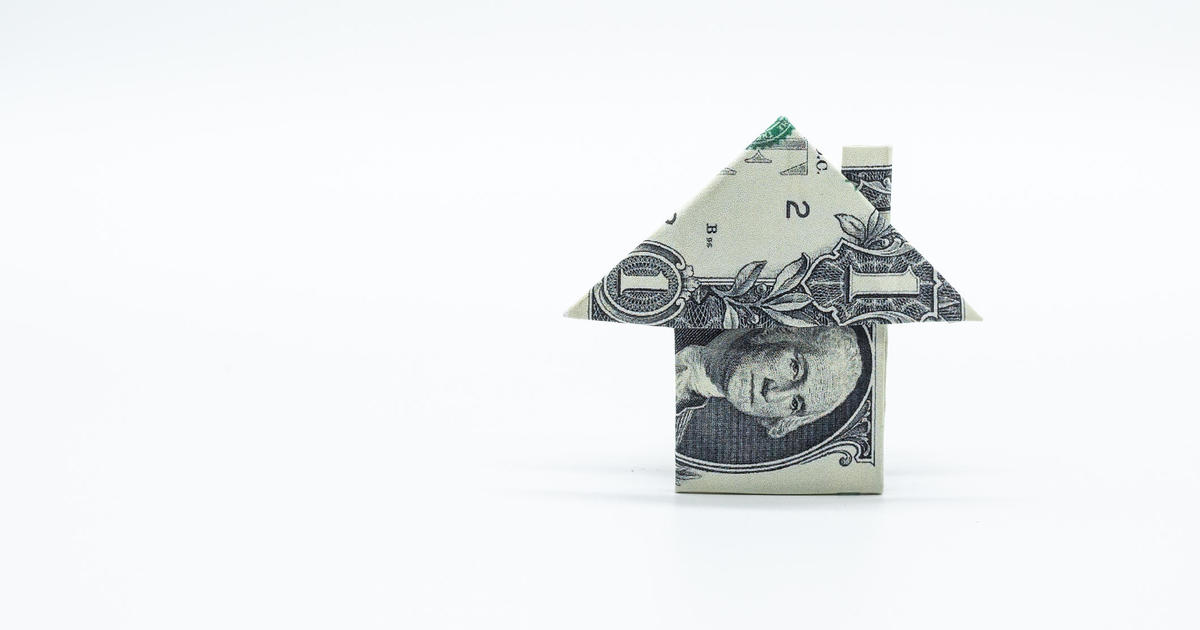Do bond investors know something that stock-pickers don't?
Wall Street largely shrugged off last week's Federal Reserve decision to start the process of "quantitative tightening" in October -- the beginning of the end of years of bond-buying stimulus that bloated the Fed's balance sheet from around $800 billion tat the start of the financial crisis to some $4.4 trillion now.
Stock investors just can't be bothered about that right now, as bullish sentiment is off-the-charts extreme. But bond traders are apparently worried: The Treasury yield curve has flattened to a level that marked the start of the last two recessions. This suggests that the fixed-income market -- which is much larger and arguably more reliable than stocks in the pricing of macroeconomic developments -- is sniffing out trouble ahead for the economy.
While we're far from a "yield curve inversion" that's considered one of the strongest market-based recession warnings, the rollover represents a vote of "no confidence" in inflation and GDP growth trends by the folks over in fixed income. The Federal Reserve Bank of Cleveland tracks the yield curve and its implications for both recession probabilities and GDP growth projections. The data haven't been updated just yet, but a rough eyeballing suggests recession odds are now likely nearing 20 percent.
To be sure, some of the hard data suggests caution. The Atlanta Fed's GDPNow indicator is falling hard from a high of 4 percent to just 2.2 percent now. And the Fed's preferred inflation measure, the price deflator for the Personal Consumer Expenditures index less food and energy, is moving in the wrong direction as well: Down to 1.4 percent from a high of 1.9 percent last October.
This decline between the yield on the five-year and 30-year Treasury bonds is exactly the opposite of what the Fed is seeking as it accelerates the policy tightening that began with the December 2015 interest rate liftoff. Policymakers have grown concerned, despite tepid inflation measures, that a persistent and ongoing easing of financial market conditions mixed with a tight labor market could set the stage for a 1960s-style bout of wage-push inflation, in which rising wages spark a cycle of price increases.
Thus, despite the bond market's nervousness, policymakers maintained their forecast of another rate hike at their December meeting. Currently, the futures market is assigning a greater than 70 percent chance policy rates rise to end the year at 1.5 percent -- up from odds of just 37 percent at the end of August.




